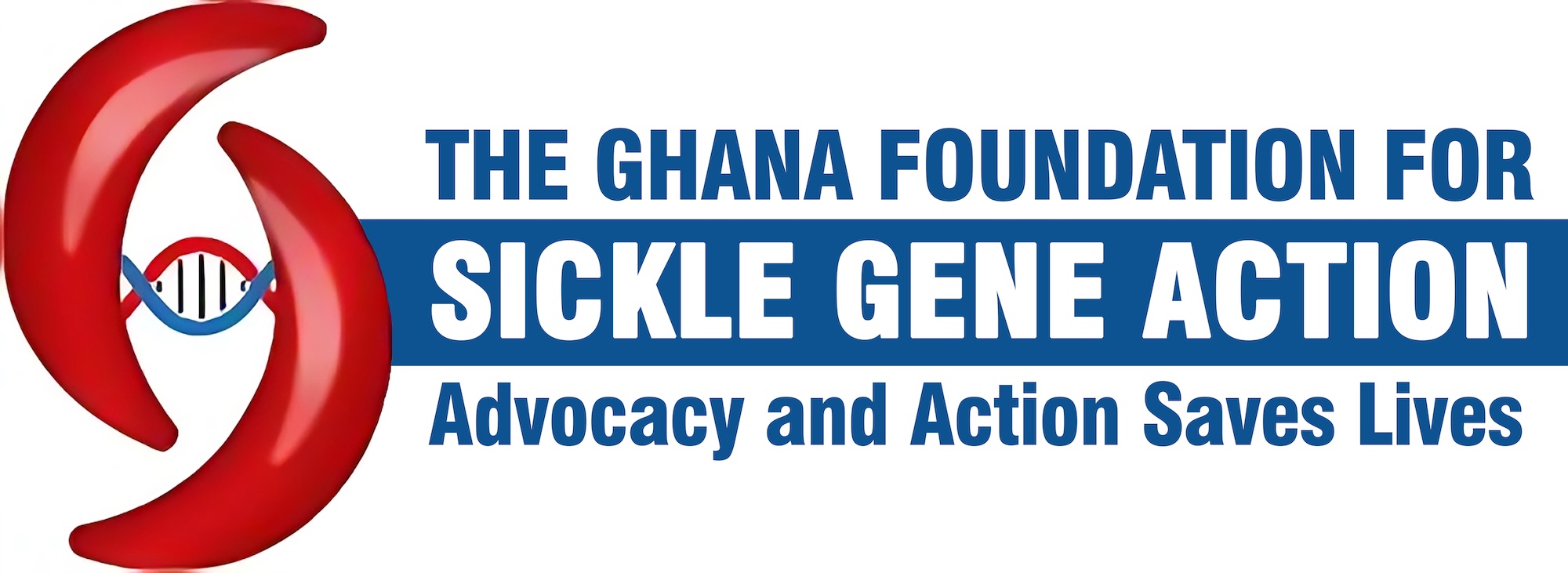How Sickle Cell Disease (SCD) Can Be Cured
As of 2025, there are two known types of cures for sickle cell disease.
• Bone Marrow Transplantation and Gene Therapy are the only cures for sickle cell disease.
• They are not done very often because of the significant risks involved and because of the cost.
• A hematologist can explain the details of what a person could expect, based on the particulars of the person’s own medical and financial situation.
What it involves
• A series of tests and examinations
• Harvesting the stem cells from either the recipient or the donor
• Preparation of the recipient’s body for the transplant
• Transplantation of the harvested stem cells
• Recovery
What a person would need to have
• A specialized medical facility equipped with skilled staff and advanced infrastructure
• A matched donor, usually a close blood relative
• A plan for future fertility preservation
• Time to prepare for, undergo, and recover from the transplant in a safe environment
• Health insurance or a significant amount of personal funds
What the risks are
• An attack on the recipient’s organs by the transplanted stem cells — called “Graft-versus-host disease”
• A higher risk of developing certain cancers in later life
• Infertility
• Seizures
• Transplant failure, which would cause the sickle cell disease to return
• The loss of life
Other possible outcomes
• The transplant may not cure long-term pain linked with sickle cell disease
• The transplant may not always correct all of the damage that sickle cell disease has already caused
In spite of the current requirements, the possible risks, and the expense,
a successful Bone Marrow Transplantation is a joyous occurrence!

Successful Bone Marrow Transplant | Sickle Cell Disease Journey
Dr. Gaurav Kharya - Watch Here
What it involves
1. Referral for participation in a clinical trial
2. Determination of eligibility
3. Preparation for stem cell collection
4. Screenings (such as MRI and blood tests)
5. Genetic testing
6. Discontinuation of any sickle cell disease medications
7. Monthly blood transfusions
8. Hospitalization for stem cell collection
9. Modification or manufacturing and processing of the collected stem cells
10. Repetition of the previous two steps — if the process fails
11. Hospitalization to receive the modified stem cells — if the process succeeds
12. Chemotherapy to make space in the bone marrow for the modified stem cells
13. Recovery in a protective room in a hospital with measures taken to reduce the risk of infection
14. Outpatient recovery with monthly monitoring to address potential complications
15. Yearly long-term follow-up, for 15 years, to monitor any long-term effect
What a person would need to have
• A specialized medical facility equipped with skilled staff and advanced infrastructure
• Time to prepare for, undergo, and recover from, the gene therapy process in a safe environment
• Health insurance or a significant amount of personal funds
What the risks are
• Infertility
• Hair loss
• Mouth ulcers
• Fewer white blood cells, which puts you at a higher risk of serious infection
• Possible unknown risks because the treatment is experimental
Other possible outcomes
• The gene therapy process may not work.
• The transplant may not always correct all of the damage that sickle cell disease has already caused
In spite of the extensive process, the possible risks, and the expense,
successful Gene Therapy is a joyous occurrence.


